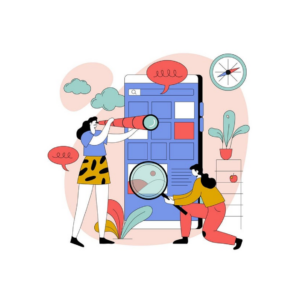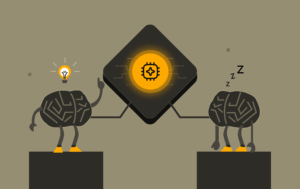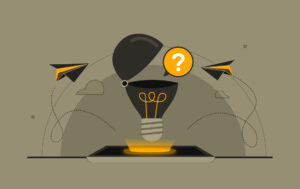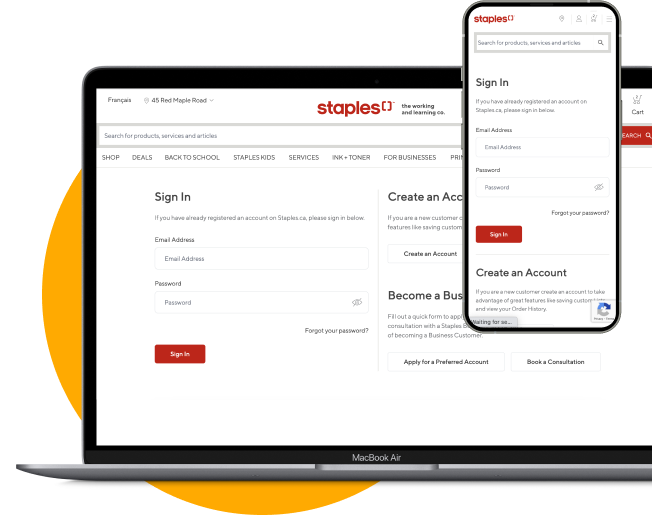UX redesigning might be a complex process if done randomly as It is a process that needs more requirement understanding and designers have to be precise on the deliverables. Before we talk about “how designers can have a good requirement understanding for a redesign”, at first, we need to understand why redesigning is conducted. Here are a few points explaining the same.
A redesign is conducted
- To keep up with the latest trend
- To drive user engagement, sales, and conversion
- To introduce any new feature or cater to a new persona
- To solve a particular UX problem
- To improve the existing user journey
- To get good user feedback
- To redo the complete IA and/or revamp the design of the website/app
There could be numerous reasons for a redesign, but the purpose behind all of them is the same i.e. to offer the best user experience to the people who are meant to use a product.
The UX redesign process
There isn’t a specific process to follow for redesigning, The redesign steps will totally depend on the reason for a redesign. So being a designer, you need to focus on what is the main reason for the redesign.
However, there are a few points that need to be taken care of, before starting any redesign process.
Understanding the goals
If it’s a client project, there could be many possible scenarios of a client coming with a redesign requirement. For example;
- The client has no understanding of what’s wrong with the product, they just come with a low conversion/ low retention rate concern and they want to improve bad user feedback.
In this case, a high-level audit must be conducted, and customer feedback must be collected. A high-level examination including heuristic analysis, usability testing, and competitor analysis should be done for the product to identify issues in both the UI and UX design of the product.
- The client has a little understanding of the goals, but it is not enough to understand the exact requirements.
Examination and heuristic analysis needs to be conducted in this case as well along with gathering the client’s requirements and understanding.
- The client finds the product outdated.
Here the visual design needs to be updated mainly. Also need to check with the client if there are any UX-related issues to be fixed.
- The client wants to introduce a new feature or a new persona in the customer journey mapping.
This requires conducting user research to understand the motivations, pain points, and needs of that particular customer segment and introduce the new feature with the functionalities that would best help the users achieve their goals with the product.
- The client wants a complete revamp of the information architecture of their product.
In this case, restructuring and reorganizing the information and content of the website or app is needed. This in turn improves the navigation, usability, and content finding of the product.
If it’s not a client project, if the redesign is done for a demo project, just to showcase the skills then, You can take any website/ app, you are a frequent user of, so that its easy to understand the loopholes, user problems and UI issues as well to get to the goals.
User research and competitor analysis
User research and analysis must be conducted to understand the major pain points of the users and also get to know what users like about or would like to have in the product.
Competitor analysis is also an essential exercise to help you understand how other products are different from your product (both in terms of UI and UX) and what things your competitors are missing out on.
Identifying that gap gives you an opportunity to come up with a suitable solution in the form of an offering or a feature to be added to your product. This makes your product stand out from the crowd and gives a competitive advantage which is extremely crucial for the success of your product.
Redesign
After knowing the user requirements, their pain points, and the good features that can be taken up from the competitors, you can now rework the user journey by redefining the user personas and then create a working prototype of the new product and make the users TEST the new product. Note that user testing is very very important before launching the new design.
Final words
Users are not greatly comfortable with a completely new design of an existing product as they resist spending any effort or time in understanding a new functionality, therefore the redesigning must be done by keeping the user mental model in mind. In our attempt at a redesign, we must ensure that we are not increasing users’ cognitive load by changing a lot of things that cause them difficulty in understanding how to work their way around the product.






















